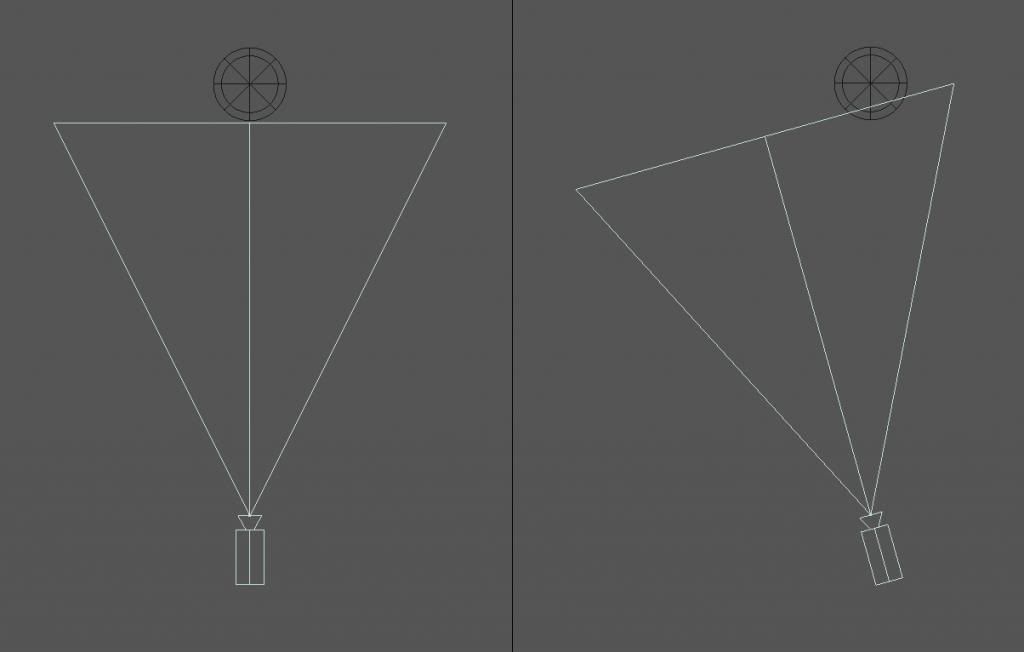BLKRCAT
75% Film
Some of you have probably seen me posting around with problems that seem like backfocus. Especially wide open. (Rigid summicron 50). Working in the graphics industry and understanding quite well how planes of focus work in 3D I'm wondering how that translates into real world examples.
Below is what Im thinking could be the problem. On the left we see a camera focussed on the front of an object. When the camera is moved to compose the plane of focus moves as well thus inducing back focus. In extreme examples shooting wide open with a summicron or summilux at close focus I could see this being a problem.
My quesiton is do leica optics have a flat plane of focus or is it convex as to keep focus accurate as one composes an image?

Below is what Im thinking could be the problem. On the left we see a camera focussed on the front of an object. When the camera is moved to compose the plane of focus moves as well thus inducing back focus. In extreme examples shooting wide open with a summicron or summilux at close focus I could see this being a problem.
My quesiton is do leica optics have a flat plane of focus or is it convex as to keep focus accurate as one composes an image?


